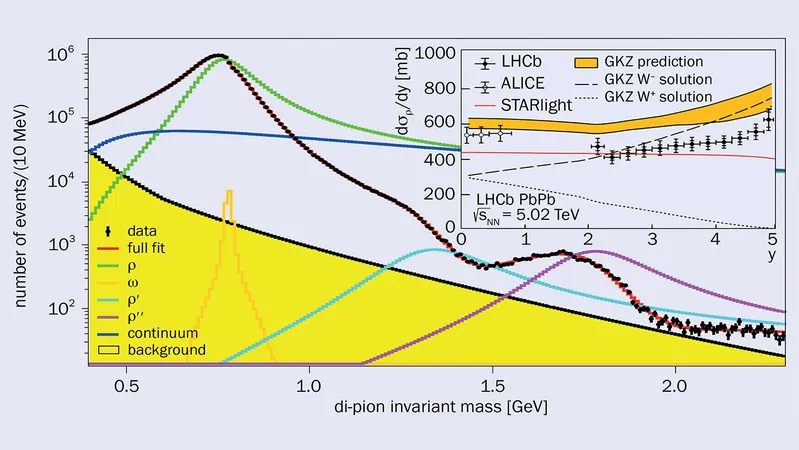
Unveiling Vector Mesons: Exciting Discoveries from CERN's LHCb Experiment
2025-05-19
Author: Michael
Diving into Ultra-Peripheral Collisions
Get ready to be amazed! Recent findings from CERN's LHCb experiment have opened a new chapter in the world of particle physics. While heavy-ion collisions are known for their explosive multiparticle production due to intense color flows, something curious happens during ultra-peripheral collisions (UPC). Here, when ions are separated by a distance more than twice their radii, dramatic electromagnetic interactions take center stage.
Photon Power: The Key to Vector Meson Production
In these groundbreaking UPCs, photons emitted by one ion fluctuate into virtual vector mesons long before they even reach their target. This interaction with nucleons in another ion leads to the fascinating photoproduction of vector mesons! LHCb has recently captivated the scientific community by isolating a highly accurate sample of di-pions, showing remarkable clarity and backgrounds under 1%.
Revealing Hidden Structures
Check out the innovative results! The invariant mass distribution of the pions recorded by LHCb indicates contributions from various mesons: the iconic ρ meson, the continuum ππ, and the ω meson. Excitingly, additional resonances were also spotted at approximately 1.35 and 1.80 GeV, thought to be excited states of ρ mesons.
Challenges and Opportunities in Particle Physics
Since the ρ meson's discovery in 1961, it has posed challenges due to its broad width and interference phenomena. Yet, the arrival of new data, particularly in the virtually background-free di-pion channel near the production threshold, offers fantastic potential for breakthroughs, particularly in understanding crucial hadronic corrections related to the muon g-2 anomaly.
Bridging Theories: Comparing Production on Nuclei and Protons
An intriguing aspect of this research is the theoretical prediction that photoproduction rates on nuclei should simply scale with the total nucleon count. However, the reality is that nuclear shadowing—a phenomenon caused by multiple meson interactions within the nucleus—introduces fascinating complications, leading to unexpected suppression.
Advanced Calculations and Future Connections
Elastic re-scattering phenomena are typically modeled through Glauber calculations, taking into account the elastic scatters. However, the GKZ model elevates this analysis by incorporating inelastic scatters too. An inset from LHCb showcases the differential cross-section for the ρ meson against various predictions, highlighting additional suppression due to these nuclear effects.
What’s Next?
These groundbreaking insights from LHCb not only expand our understanding of particle interactions but also pave the way for future explorations in high-energy physics, connecting deeply with ongoing research initiatives and possibly solving old mysteries!



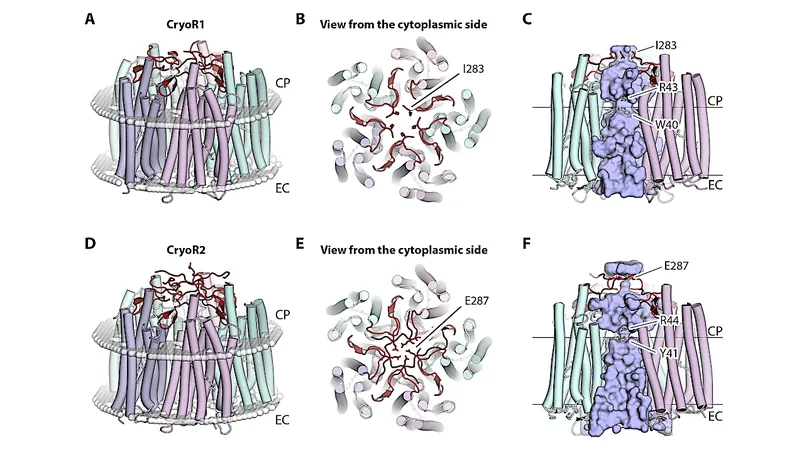


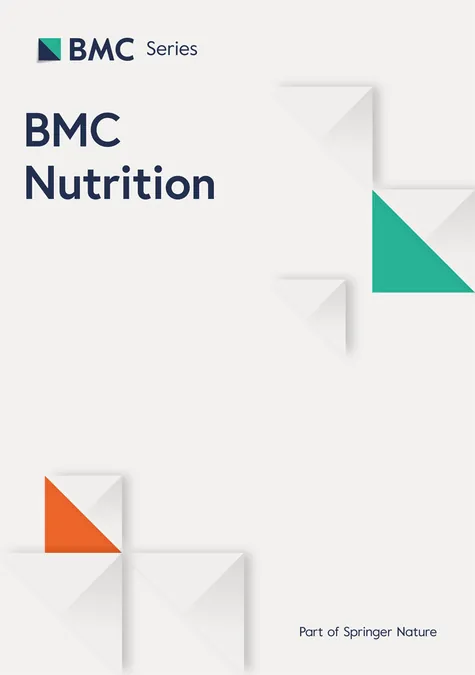
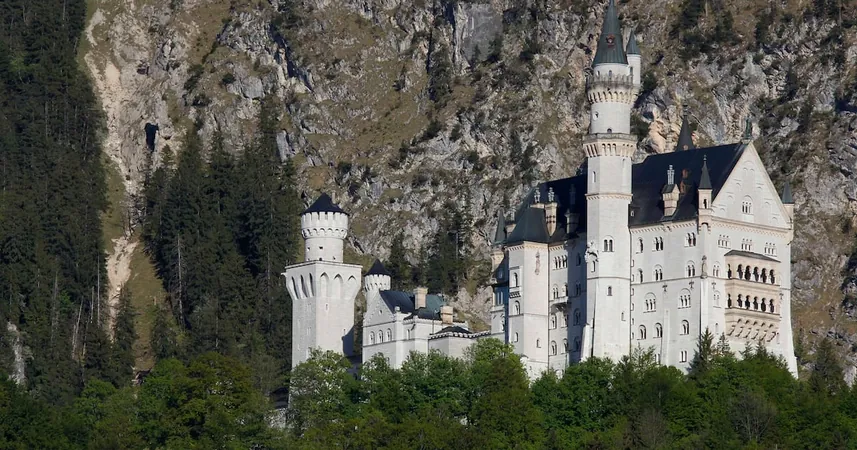
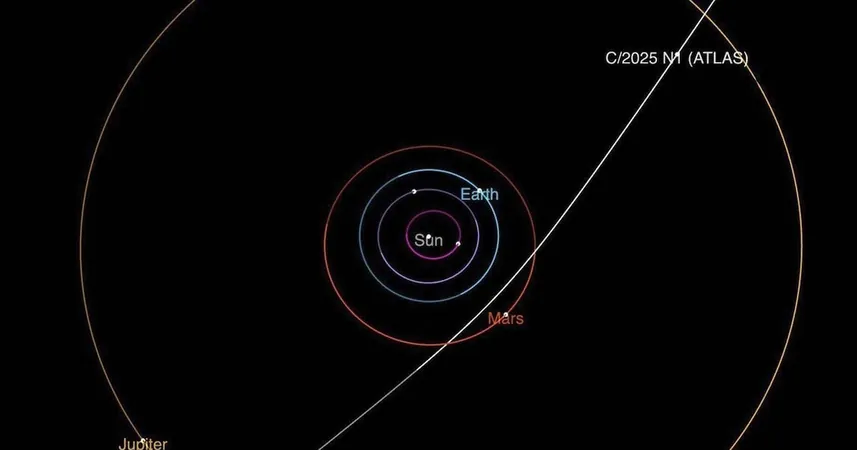
 Brasil (PT)
Brasil (PT)
 Canada (EN)
Canada (EN)
 Chile (ES)
Chile (ES)
 Česko (CS)
Česko (CS)
 대한민국 (KO)
대한민국 (KO)
 España (ES)
España (ES)
 France (FR)
France (FR)
 Hong Kong (EN)
Hong Kong (EN)
 Italia (IT)
Italia (IT)
 日本 (JA)
日本 (JA)
 Magyarország (HU)
Magyarország (HU)
 Norge (NO)
Norge (NO)
 Polska (PL)
Polska (PL)
 Schweiz (DE)
Schweiz (DE)
 Singapore (EN)
Singapore (EN)
 Sverige (SV)
Sverige (SV)
 Suomi (FI)
Suomi (FI)
 Türkiye (TR)
Türkiye (TR)
 الإمارات العربية المتحدة (AR)
الإمارات العربية المتحدة (AR)